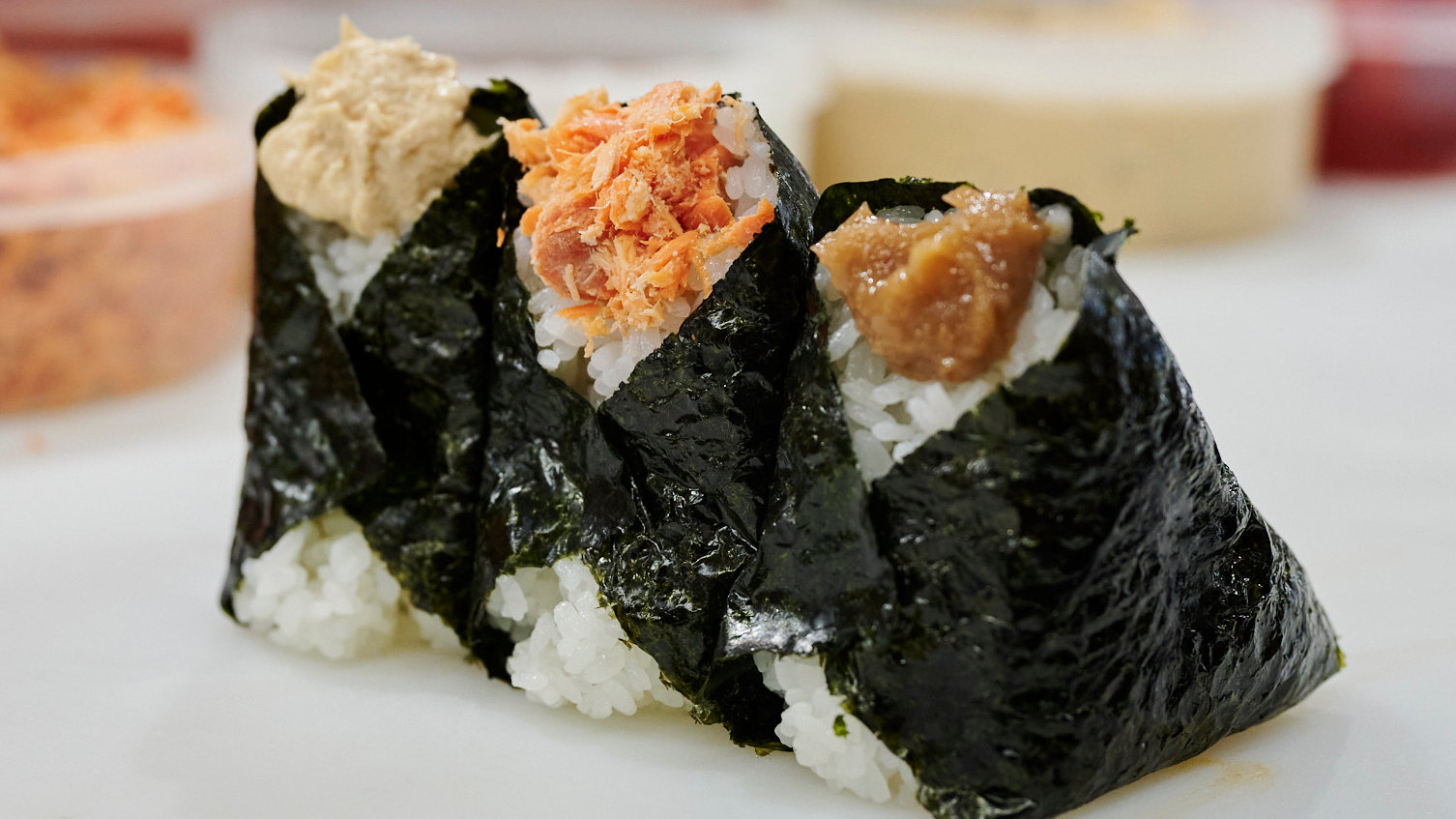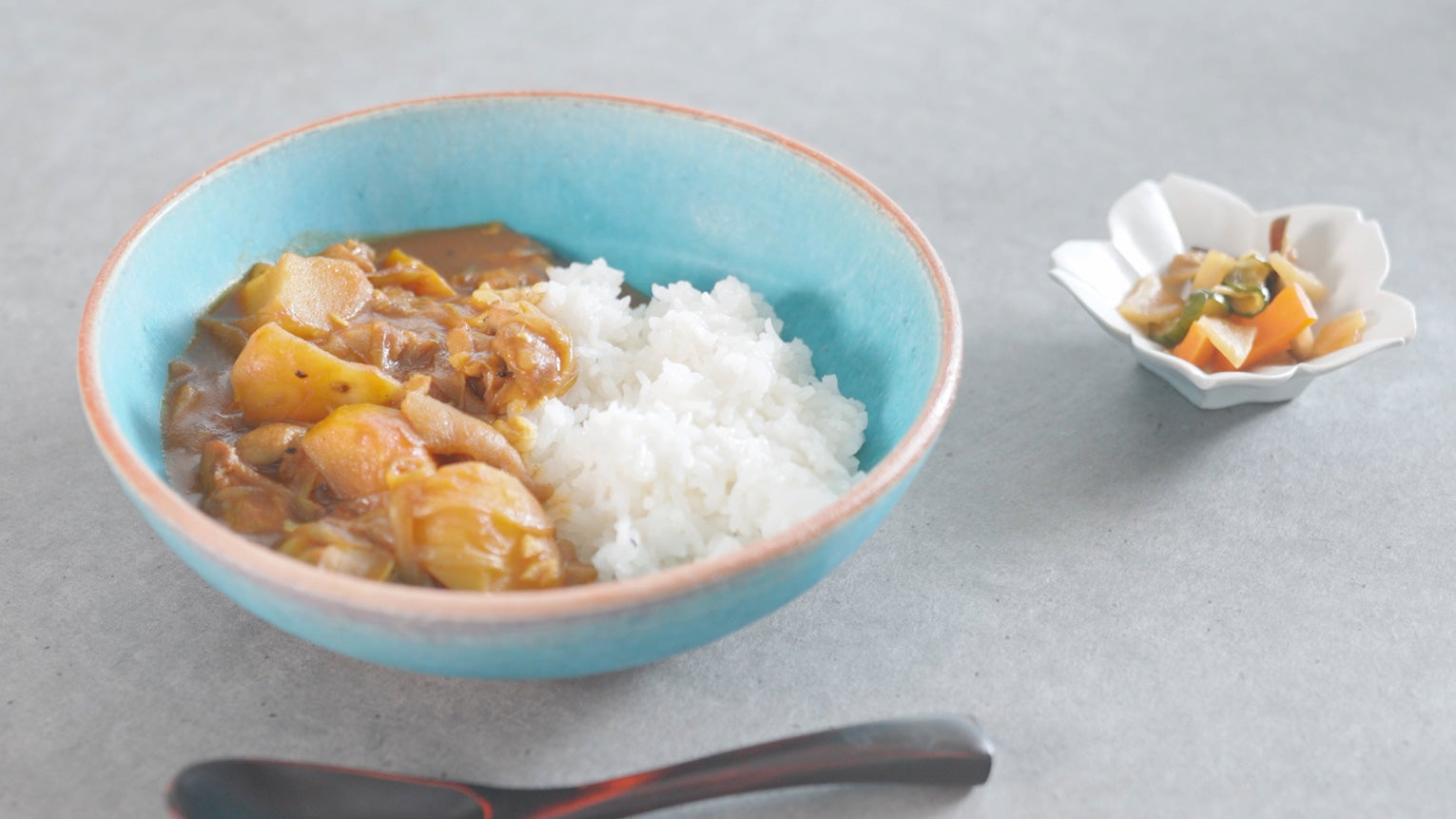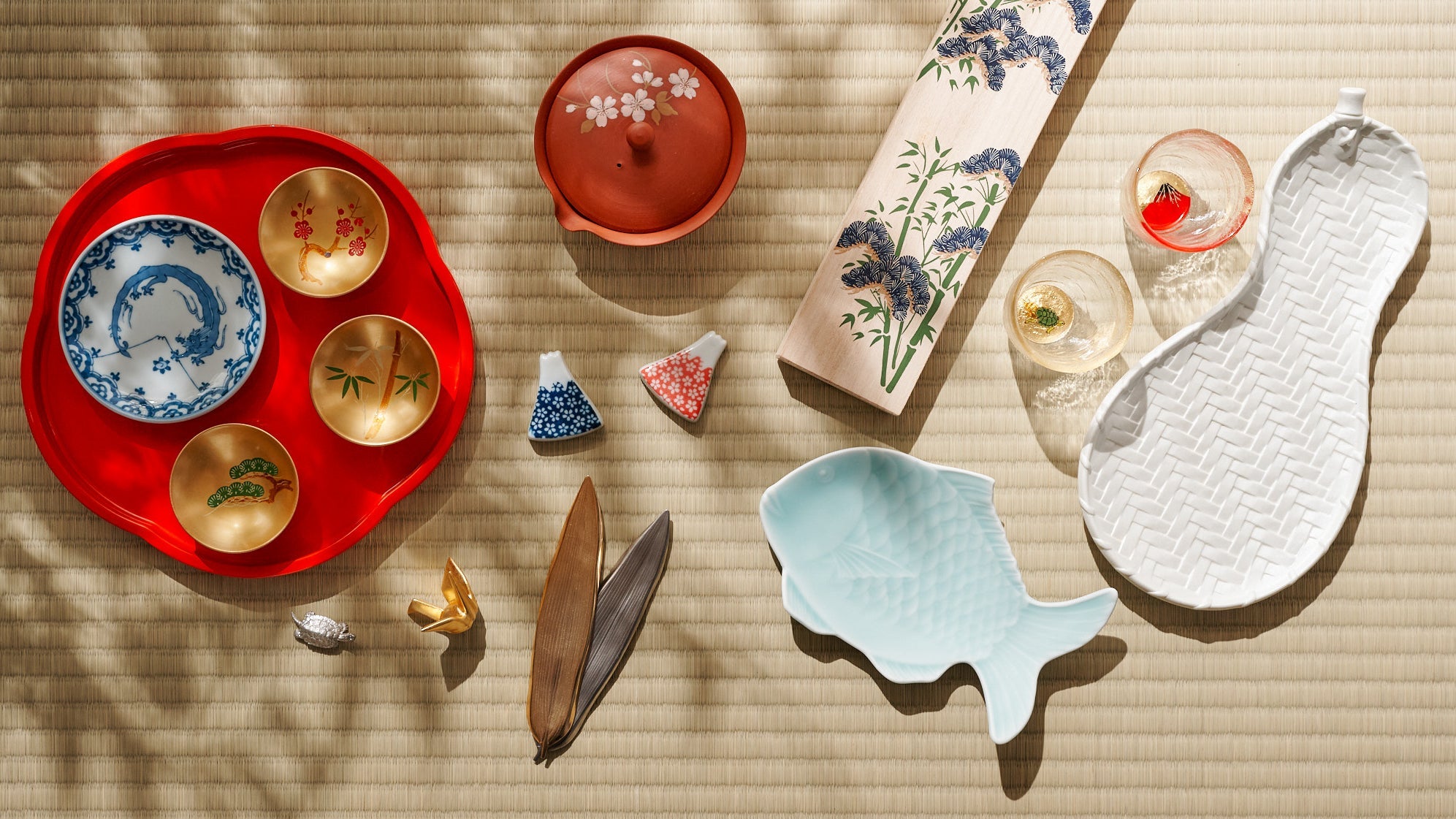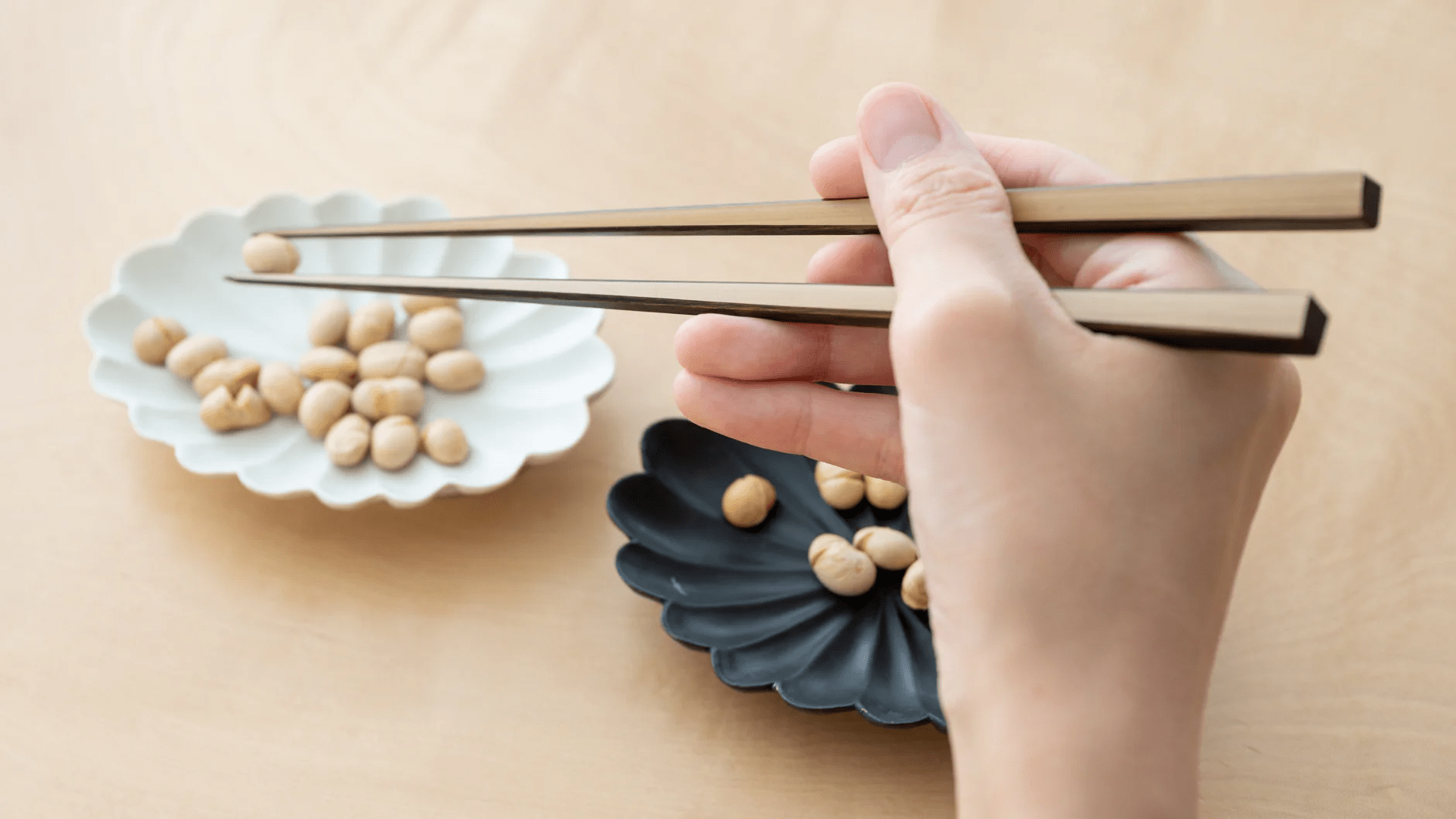
Onigiri Facts that Even Native Japanese People Don’t Know
Written by Ito Ryo
Have you ever tried onigiri?
Onigiri is a traditional food made by forming cooked rice into triangular or round shapes, often with fillings such as grilled salted salmon, tuna flakes mixed with mayonnaise, or umeboshi “pickled plums,” and then wrapping them in sheets of nori ”seaweed.” In Japan, this dish has been eaten for over one thousand years.
Onigiri originated in Japan, but has spread overseas in recent years. It has been a big hit especially in the United States and France, where onigiri is now sold in supermarkets, Japanese food events, and specialized onigiri shops whose popularity is evident by their long lines of customers.
Beyond the pride I feel about its growing popularity, I also find myself reflecting on what exactly onigiri, a food I eat on a daily basis, truly is.
In this article, I would like to share with you the fascinating episodes I recently uncovered about the essence, history, and appeal of onigiri through research and interviews.
table of contents
So why do Japanese people love onigiri so much in the first place?
So, why has onigiri become so ingrained in the Japanese diet, and why is it so beloved?

She can often be seen handing out freshly made, piping hot onigiri that people can eat on the spot, as part of pop-up events held across the country. This includes the permanent shop “Onigiri Kamiya” at Wataraya Besso, a long-established inn in Saga Prefecture.

Kamiya's onigiri feels like you're biting into a whole mouthful of freshly cooked rice. Making onigiri in this rather primitive form is a lifelong pursuit for Kamiya. When I ask her why she thinks Japanese people love onigiri as much as they do, she responds: “I believe that the Japanese people love onigiri with a passion, because it is made from rice, an essential staple food that is so vital that it could be said to have been etched into the Japanese DNA. When they see a ball of rice, their body and soul reflexively respond with joy and they think ‘It looks delicious! I want to eat it!’ Isn’t this what a Japanese person is like?”


I had never seriously considered why we Japanese love onigiri. But after speaking with Kamiya, I feel like I understand this matter much better.
Why is onigiri triangular?
Onigiri comes in various shapes such as triangular, round, and barrel-shaped, but the most common shape today is the triangle.
How, then, did this triangular onigiri come to have such a distinctive shape?

The first clear evidence of triangular onigiri appears about 800 years later, in the late Edo period (1603 CE–1868 CE), in ukiyo-e “woodblock prints” that depict travelers eating triangle-shaped rice balls.

There are various theories as to why onigiri started being made in a triangular shape, but the most widely known explanation is that it was designed to resemble the shape of a mountain.
In the Japanese indigenous belief system called Shinto, there is an ancient idea that gods reside in mountains, or else that when gods descend from the sky they first alight on top of mountain peaks. This led to the mountains themselves coming to be considered divine. It's said that Japanese people began shaping onigiri into triangles to resemble mountains, and by extension, the gods. By eating triangular onigiri, they believed they could absorb the gods' power.

I had no idea that the triangular shape of onigiri had such religious significance.
In addition to this, there are also a number of more practical explanations as to how this shape developed. One such rationale is that when making large quantities, triangles are easier to shape consistently and transport. Alternatively, many are of the opinion that the triangular shape fits more neatly into containers like bento boxes. Finally, a triangular onigiri may simply look larger with the same amount of rice, making it advantageous for merchants. Additionally, it could be argued that triangular onigiri are easier to hold, eat, and carry around.
The Surprising History Behind the Rise of Convenience Store Onigiri
Convenience store onigiri first appeared in Japan in 1974 at the country's first 7-Eleven store, a major convenience store chain.
Despite the foresight that Japanese people would eventually become much busier, leading to a demand for store-bought onigiri, the common preconception at the time was that onigiri was strictly a homemade food. This kept initial sales of the product low. In fact, when it was initially sold at the first store, only two to three onigiri were sold per day. As of 2024, however, the number of onigiri sold annually at 7-Eleven has reached about 2.1 billion, averaging 5.75 million per day. The expansion of this market over nearly fifty years is truly astonishing.

To popularize onigiri, 7-Eleven sought to differentiate it from homemade onigiri.
One such innovation introduced in 1978 was a special packaging which separated the seaweed from the onigiri to allow consumers to wrap the seaweed themselves right before eating, keeping it crispy. This is the same tricky-to-open packaging some people struggle with today.
At that time, the familiar homemade onigiri was made by directly wrapping the sheet of seaweed onto the rice, resulting in the nori absorbing moisture from the rice and losing its crispness. The introduction of this distinctly different onigiri helped draw attention to convenience store offerings and boosted its popularity.

Another major factor that contributed to the rise of onigiri as a staple on convenience store shelves was the huge success of the Tuna Mayo Onigiri launched in 1983. This unique onigiri, with a filling of flaked tuna mixed with mayonnaise, was proposed by a product developer who was inspired after seeing his or her child put mayonnaise on rice.
Since I have come to take the onigiri packaging and tuna mayo onigiri for granted, I never fully appreciated how both played pivotal roles in spreading convenience store onigiri across Japan.
Explosive Popularity! What is the Appeal of Specialty Onigiri Shops?
In addition to the inherent love for onigiri among the Japanese, these specialty shops offer unique flavors and a wide variety of affordable and filling options. This makes them particularly appealing during periods of prolonged economic downturn.

In fact, my visit to Onigiri Bongo was my first-ever experience eating at a specialty onigiri shop. With only nine counter seats, the shop offers warm, freshly made onigiri served directly to customers upon ordering. The small, intimate space brings diners close to the staff, and the retro interior creates a warm and welcoming atmosphere.



When I enquire about the size of the onigiri, which is quite large and nourishing, she says, "Our shop is all about putting the customer first. There was a time when a male customer said, 'Right before payday, I’d rather order an extra onigiri than a bowl of miso soup.' That’s why we decided to make our onigiri larger so they would be more satisfying."

With this level of dedication and attention to detail, it’s no wonder Onigiri Bongo is such a beloved shop!

Personally, I found that the onigiri at Onigiri Bongo had a nostalgic taste that reminded me of the onigiri my mother used to make for my bento during school field trips.
Beyond the taste of the onigiri, what stayed with me the most were the radiant smiles and cheerful voices of Ukon and the other staff members. I realized after leaving the shop that I had absorbed their energy and was in an exceptionally good mood.
The growing popularity of onigiri outside Japan can be attributed to various reasons. It is healthy and has a wide variety of fillings that can be chosen to suit personal taste and eating habits. The convenience of being able to eat it with your hands is also not to be overlooked. However, Kamiya Yoshie, whom I mentioned earlier, shared her thoughts with me on why onigiri has become so beloved abroad.

Like Kamiya, I too feel that without rice or onigiri, Japan might no longer be Japan.
So how did this deep dive into the world of onigiri resonate with you?
Bongo
2-27-5 Kitaotsuka, Toshima-ku, Tokyo








Leave a comment
This site is protected by hCaptcha and the hCaptcha Privacy Policy and Terms of Service apply.